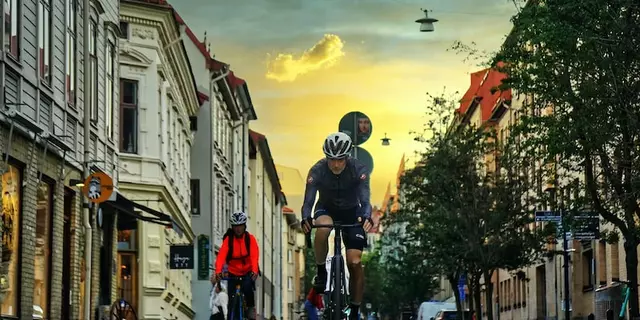Why African Runners Win Foot Races While Bike Races Stay European‑Dominated
Ever wonder why you hear about Eliud Kipchoge breaking marathon records, but you rarely see Kenyan cyclists on the Tour de France podium? It’s a question that pops up whenever a new running champion from East Africa emerges. The short answer is that running and cycling demand very different mixes of talent, gear, and support.
Genetics and Physiology Give Runners a Head‑Start
East African runners, especially from Kenya and Ethiopia, often grow up at high altitude. Their bodies adapt by producing more red blood cells, which means more oxygen can reach their muscles during intense effort. This natural advantage translates into incredible endurance and a lower energy cost per stride. Add to that a light, lean physique—perfect for long‑distance running—and you’ve got a recipe that’s hard to beat.
Bike Racing Needs More Than Pure Endurance
Cycling isn’t just about pumping legs. A rider must master bike handling, group tactics, and technical skills like cornering at high speed. Those abilities usually come from years of riding on varied terrain, often with access to high‑quality bikes, bike‑fit services, and coaching. In many African countries, the infrastructure for such training is limited, and the cost of a race‑ready bike can be prohibitive.
Funding also plays a huge role. European nations have long‑standing cycling programs, sponsorship deals, and state‑supported clubs that supply riders with the best gear and support staff. African athletes often rely on personal savings or small local sponsors, which means they might be riding older, heavier equipment that puts them at a mechanical disadvantage.
Culture matters, too. Running is deeply woven into the daily life of many East African villages—kids run to school, families use running as transport, and community races are a common celebration. Cycling, on the other hand, hasn’t become a mainstream pastime in the same way, so the talent pipeline is smaller.
That doesn’t mean African cyclists can’t break through. A handful of riders have made it onto WorldTour teams, showing that with the right investment, the gap can shrink. Some nations are now building dedicated cycling academies, offering scholarships, and partnering with European teams to give young riders exposure to top‑level races.
In short, the dominance you see in foot races comes from a blend of genetics, altitude adaptation, cultural emphasis on running, and low equipment costs. Bike races demand a broader set of resources—technical skill, high‑tech gear, and organized support—that have historically been more available in Europe.
If you’re a cyclist from Africa or anywhere else, the key takeaway is that success isn’t impossible. Focus on building technical skills, seek out mentorship, and look for programs that can help bridge the equipment gap. The world of cycling is slowly opening up, and every new rider adds a fresh story to the sport.

Why are foot races won by Africans and bike races not?
African runners have been dominating the international running scene for decades, winning many of the world's most prestigious races. This dominance has been attributed to their superior genetics, specifically the ability to produce more hemoglobin, which can carry more oxygen to the muscles. However, their success in running events has not been seen in cycling, where Europeans have traditionally been the ones to dominate. This is due to the fact that cycling events require more than just physical strength and endurance, as the riders need to have a greater level of technical skill and knowledge to be successful. Additionally, cycling is a sport that requires a lot of expensive equipment, which African countries may not have access to.
View More



